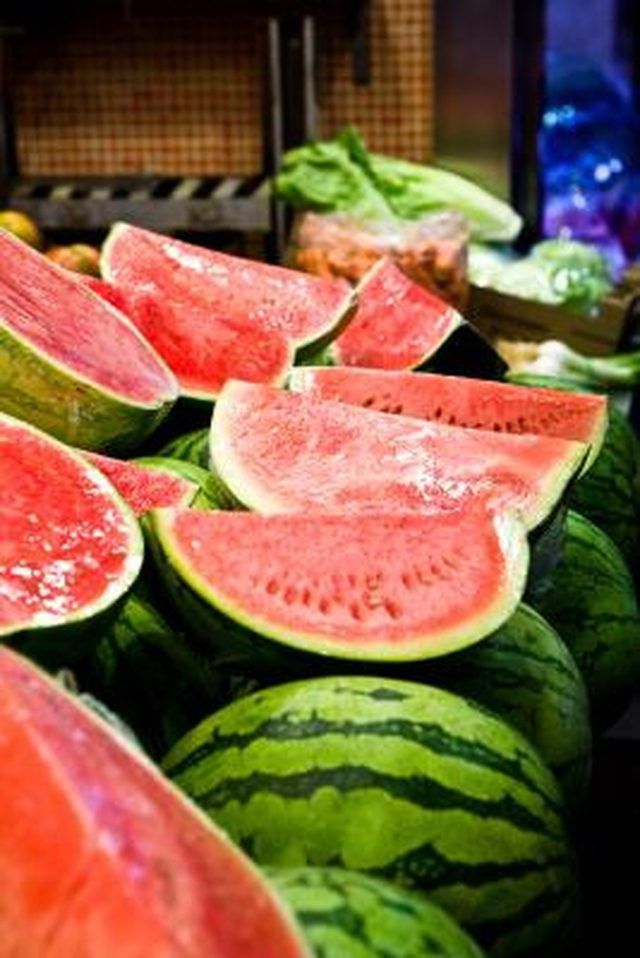Bulbs
Flower Basics
Flower Beds & Specialty Gardens
Flower Garden
Garden Furniture
Garden Gnomes
Garden Seeds
Garden Sheds
Garden Statues
Garden Tools & Supplies
Gardening Basics
Green & Organic
Groundcovers & Vines
Growing Annuals
Growing Basil
Growing Beans
Growing Berries
Growing Blueberries
Growing Cactus
Growing Corn
Growing Cotton
Growing Edibles
Growing Flowers
Growing Garlic
Growing Grapes
Growing Grass
Growing Herbs
Growing Jasmine
Growing Mint
Growing Mushrooms
Orchids
Growing Peanuts
Growing Perennials
Growing Plants
Growing Rosemary
Growing Roses
Growing Strawberries
Growing Sunflowers
Growing Thyme
Growing Tomatoes
Growing Tulips
Growing Vegetables
Herb Basics
Herb Garden
Indoor Growing
Landscaping Basics
Landscaping Patios
Landscaping Plants
Landscaping Shrubs
Landscaping Trees
Landscaping Walks & Pathways
Lawn Basics
Lawn Maintenance
Lawn Mowers
Lawn Ornaments
Lawn Planting
Lawn Tools
Outdoor Growing
Overall Landscape Planning
Pests, Weeds & Problems
Plant Basics
Rock Garden
Rose Garden
Shrubs
Soil
Specialty Gardens
Trees
Vegetable Garden
Yard Maintenance
When and How to Plant Watermelons
When and How to Plant Watermelons. To many, summer is not summer without an abundance of watermelon. The sweet and juicy fruit provides the perfect amount of refreshment on hot and humid days. An easy and cost-effective way to always have the treat nearby is to grow it yourself. Growing the watermelon plant is actually quite easy, although the...

To many, summer is not summer without an abundance of watermelon. The sweet and juicy fruit provides the perfect amount of refreshment on hot and humid days. An easy and cost-effective way to always have the treat nearby is to grow it yourself. Growing the watermelon plant is actually quite easy, although the large fruit does require a certain amount of attention. If you provide the fruit with space, sun, water and a bit of food, you'll likely be rewarded with an abundant crop.
Things You'll Need
Peat pellets or peat pots
Water bottle
Clear plastic lid
Shovel
Mulch
Place two or three watermelon seeds inside peat pellets or peat pots about three weeks before you place them outside. Watermelons can be planted outdoors once the threat of frost is gone. Push the seeds into the soil until they're just covered. Water the melon seeds by misting them with a spray bottle. Cover the containers with a clear plastic lid and keep the temperature between 80 and 85 degrees Fahrenheit. Mist the plants with water when the soil looks dry.
Separate the seedlings so only one remains in each pot. When the seedlings grow two or three true leaves---the leaves that form after the first set appears -- pull out seedlings that look smaller or weaker, leaving the largest to grow.
Plant the seedlings outside in a sunny location with sandy, loamy soil when the threat of frost is past. Dig holes that are about twice the size of the seedling's roots, and 6 feet apart, as watermelons need lots of room to grow. Keep the rows approximately 7 to 10 feet apart. Place the seedlings in their holes and cover their roots with soil.
Place mulch around the watermelon plants to prevent weeds from occurring and to help keep the soil moist. Use compost or aged manure for the best results, as they contain lots of food for the watermelon. Water the plant when the soil starts to look dry. Pour enough water on the plant until the soil becomes soggy.
Tips & Warnings
Pick the watermelons when they're ripe -- about 120 days after planting. Watermelons are ready to be harvested when they're light green and their tendrils are brown and crispy. In addition, the green color should be a bit dull, and the bottom should be yellow. Pushing your fingernail through the melon should also be difficult. When all such indicators are present, your watermelon will likely be ripe.
Avoid planting seeds from your watermelons to grow new fruit. Most are from hybrid varieties and will likely not grow into the watermelons you want.